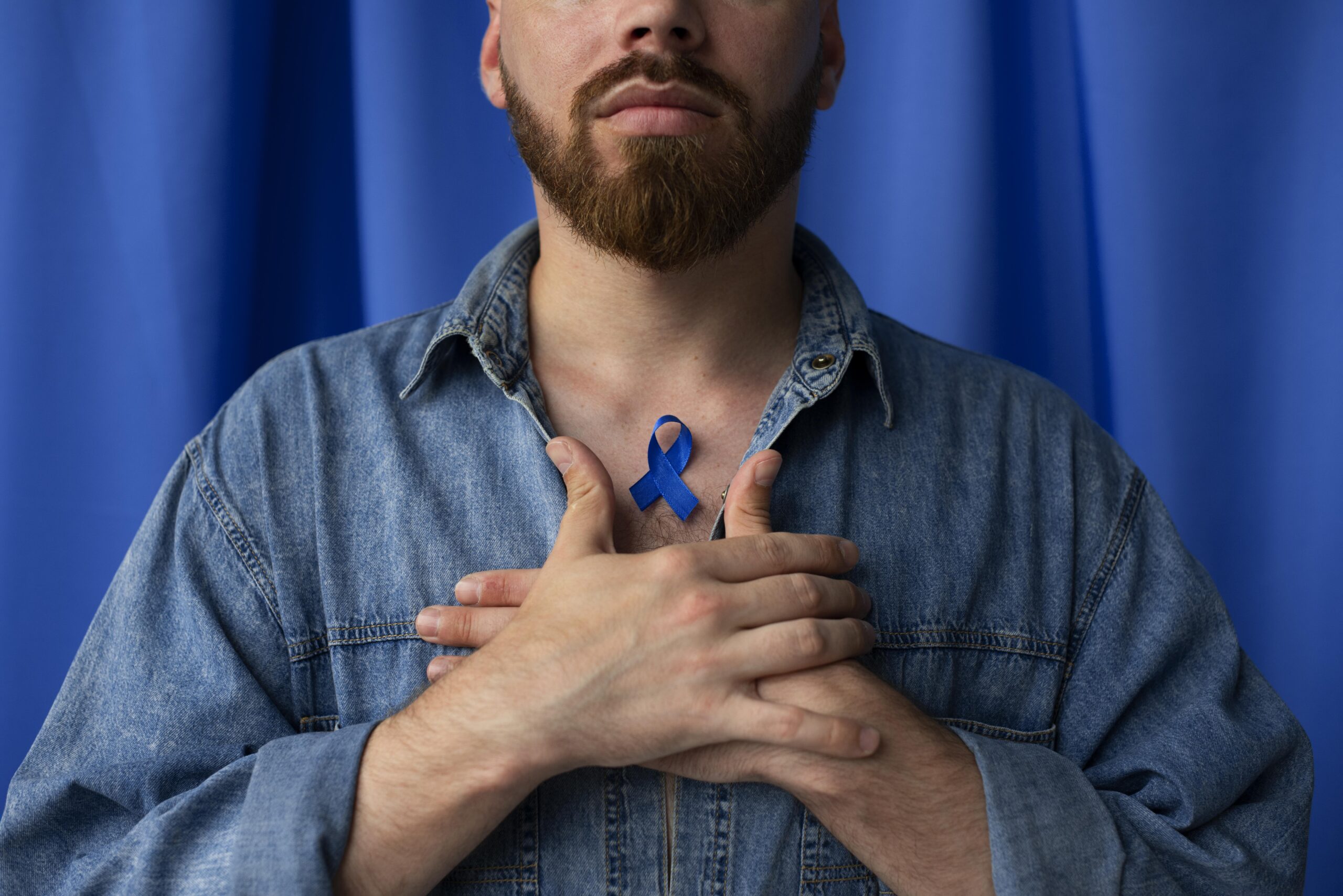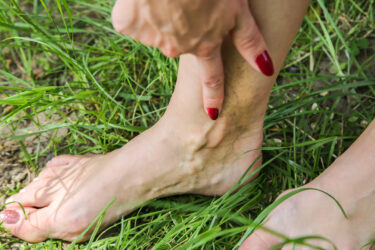People with spinal muscular atrophy (SMA) experience motor neuron loss, which means their muscles find it difficult to carry out different functions. A large number of nerve cells that are responsible for muscle function are in the spinal cord. SMA interferes with these nerve cells and hampers their ability to send signals to the muscles, consequently impacting movements like standing up or walking. Let’s look more closely at SMA by reading some known facts.
SMA is a Genetic Condition
Genes contain necessary information for protein production. In SMA, a fault in the SMN1 gene leads to poor cell formation. Cells lose their structure, strength, and ability to create enough proteins to boost the muscles, which slowly contributes to weak functioning. Since SMA is a genetic condition, parents can genetically pass it on to their children.
SMA is Recessive
While guiding parents through SMA, doctors may often use the word “recessive.” It refers to the fact that the offspring who has SMA must inherit the SMN1 mutation from both parents. In some rare conditions, only one parent can also be a carrier. For instance, a modification in the SMN1 gene can take place during egg production. In such cases, a single parent can pass this altered gene to their child.
Individuals May Only Be Carriers
Not everyone who inherits the SMN1 gene develops SMA. Those who have one healthy and one mutated copy are safe from symptoms of SMA. But such individuals are still carriers as their kids inherit their genes. Children are at a greater risk of developing the condition if the faulty gene is present in both parents. However, there are also chances that the child could also end up being only a carrier.
Severity Depends on SMA Type
There are different types of SMA. While the majority of kids with type 1 SMA don’t survive past 18 months, those with types 2 and 3 may live through adulthood with treatments and medication. Type 4 SMA patients usually suffer from progressive muscle weakness and other associated SMA symptoms. Among all types of SMA, types 1 and 2 are the most common.
SMN2 Can Be a Backup Gene
People with SMA get their proteins from the SMN2 gene. A person who has several copies of this gene may face mild symptoms. However, those who have only one copy may experience severe complications. The SMN1 gene, in normal conditions, is a powerhouse when it comes to production of proteins. In comparison, the SMN2 gene produces fewer working proteins, so the motor neurons can’t function properly.
Although SMA affects physical movement largely, the right health care can help with symptoms. Along with medical treatment, patients can benefit from lifestyle changes, exercise programs, and active support.







